


Following dinner, Thomas Jefferson, his family, and their guests might have spent a cool evening enjoying the gardens of Monticello.
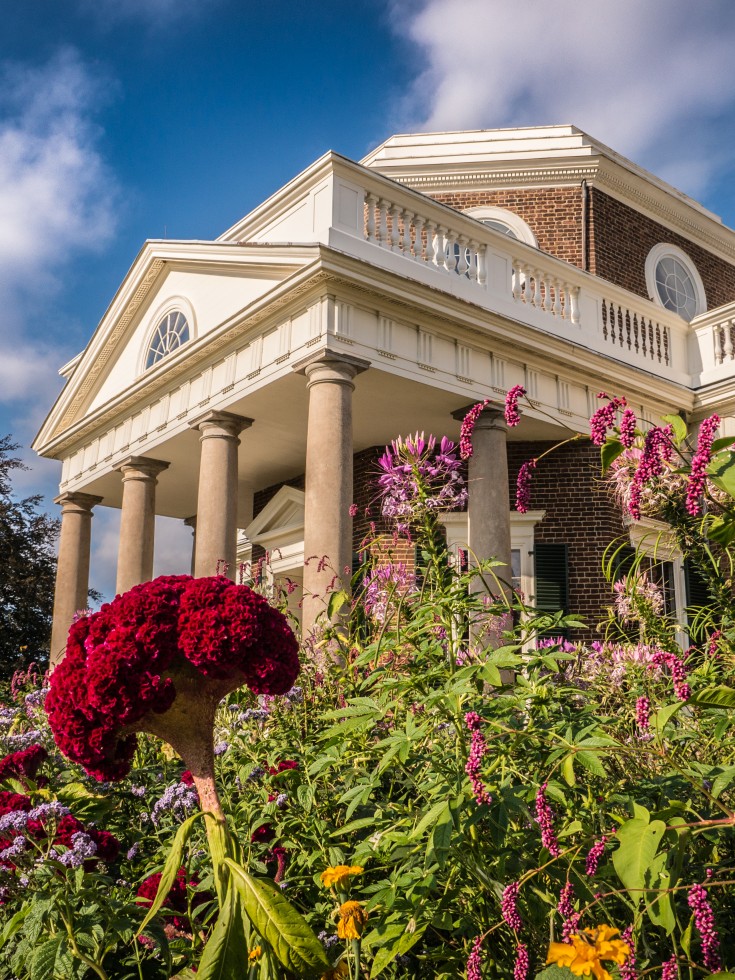
The flower gardens captivated the family's interest, and Jefferson's granddaughters enjoyed monitoring the progress of spring blooms. Granddaughter Ellen remembered scenes during Jefferson's retirement at Monticello:
"Then, when spring returned, how eagerly we watched the first appearance of the shoots above ground. What joy it was for one of us to discover the tender green breaking through the mould, and run to grandpapa to announce, that we really believed Marcus Aurelius was coming up, or the Queen of Amazons was above ground . . . . Then when the flowers were in bloom, and we were in ecstasies over the rich purple and crimson, or pure white, or delicate lilac, or pale yellow of the blossoms, how he would sympathize in our admiration, or discuss with my mother and elder sister new groupings and combinations and contrasts. Oh, these were happy moments for us and for him!"
More in this section:
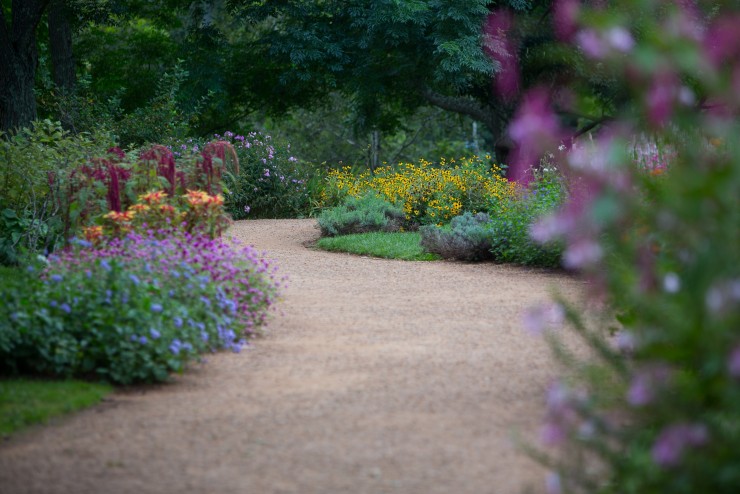
Jefferson carefully designed groupings, combinations, and contrasts of various species of flowers.

He created a plan for Monticello's West Lawn in 1807 in anticipation of retiring from the presidency.
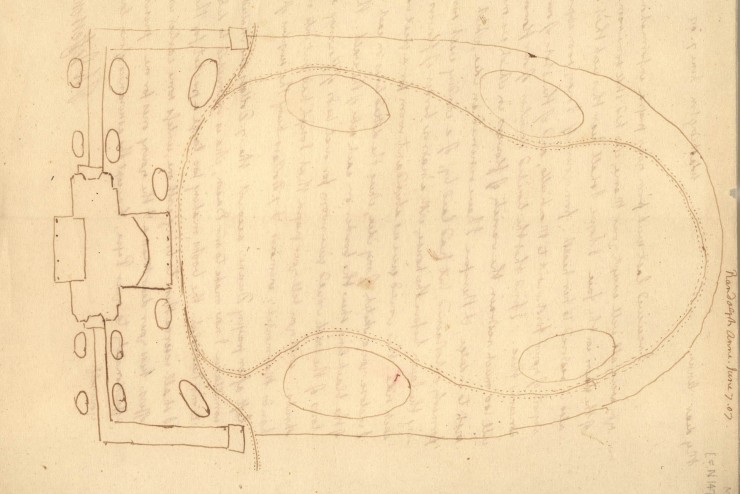
A letter to granddaughter Anne Randolph contained his sketch and ideas, which called for oval beds at the corners of the house, and "a winding walk . . . with a narrow border of flowers on each side."
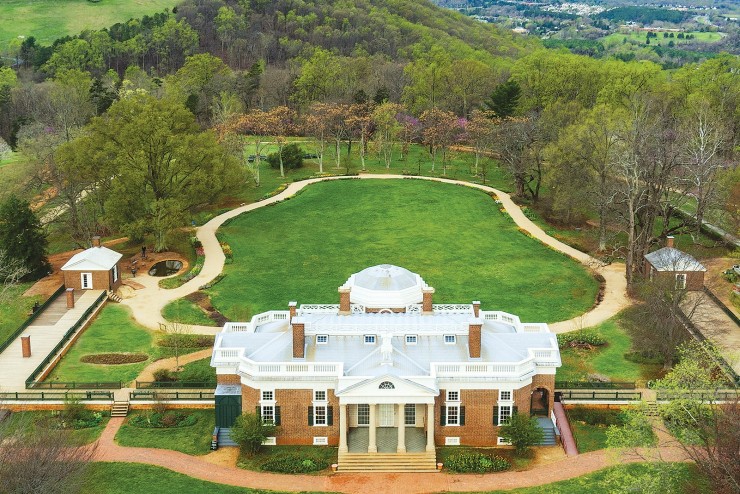
In 1807 and 1808 the oval beds and the serpentine walk were laid out.
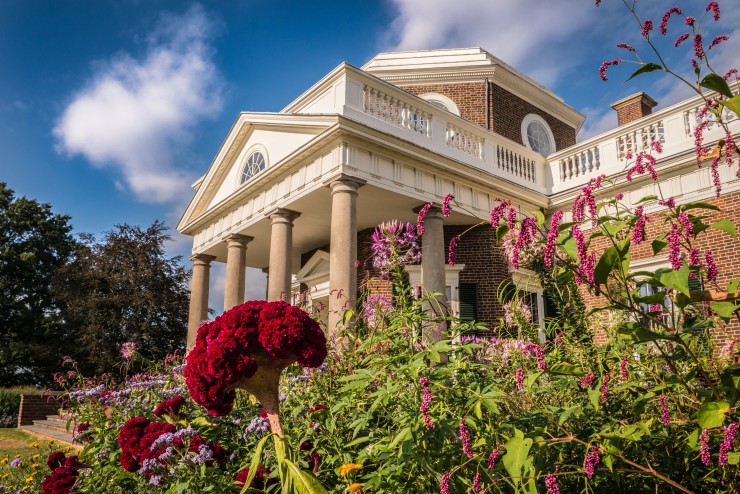
The winding walk and oval beds allow visitors to admire an array of flowers.
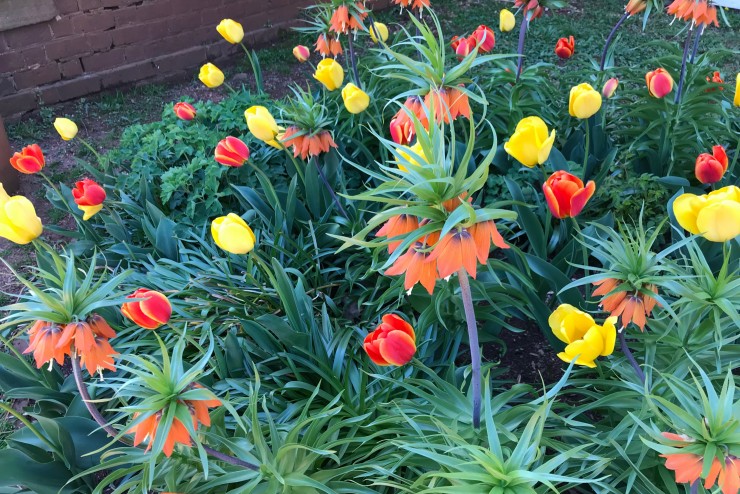
Jefferson corresponded with gardeners around the world.

He collected hundreds of varieties, often looking for "handsome plants or fragrant."

Well represented among the flowers were bulbs such as tulips, perhaps because they were easily transported.

New World curiosities included the Twinleaf, which was named "Jeffersonia diphylla" in Jefferson's honor in 1792.

Inside the roundabout flower borders, noted Jefferson's overseer, was "a beautiful lawn of two or three acres, where his grandchildren used to play a great deal."

An 1825 watercolor of Monticello by a family friend shows grandson George Wythe Randolph rolling a hoop, and letters of family members and visitors describe Jefferson as the organizer and official of the grandchildren's races.

(running time, 2 minutes)

Trees are an important part of Jefferson's landscape design, and he planted more than 160 species at Monticello. Visitors were often given a tour of what one guest referred to as Jefferson's "pet trees."

Inspired by the open English landscape, Jefferson also created a grove. Jefferson realized that Virginia's hot summers made shade desirable ("our Elysium"), so he planned for eighteen acres of trees pruned high.

While the high branches provided an umbrella-like covering, the clearing below created open views of the managed undergrowth.


ADDRESS:
1050 Monticello Loop
Charlottesville, VA 22902
GENERAL INFORMATION:
(434) 984-9800